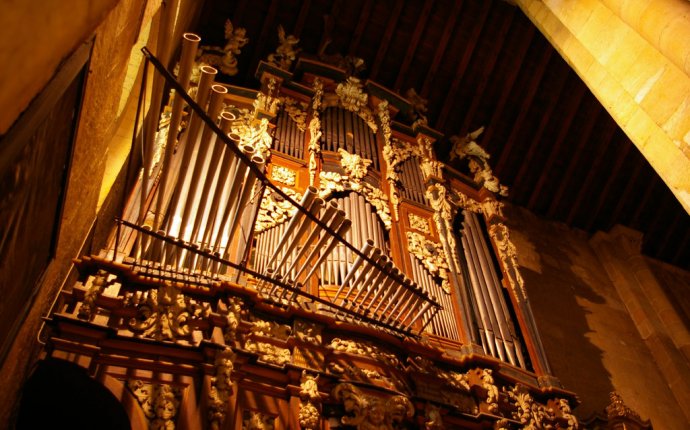
What instruments are used in classical music?
 Instrumentation, also called orchestration, in , arrangement or composition for instruments. Most authorities make little distinction between the words instrumentation and orchestration. Both deal with and their capabilities of producing various or colours. is somewhat the narrower term, since it is frequently used to describe the art of instrumentation as related to the . Instrumentation, therefore, is the art of combining instruments in any sort of , including such diverse elements as the numerous combinations used in groups, jazz bands, rock ensembles, ensembles employing chorus, symphonic bands, and, of course, the symphony orchestra. Included under this designation are the various instrumental groups that play non-Western , such as the gamelan orchestras of Bali and Java and the traditional ensembles of India, Africa, East Asia, and the . (For treatment of the instruments themselves, see the articles , , , , , and .)
Instrumentation, also called orchestration, in , arrangement or composition for instruments. Most authorities make little distinction between the words instrumentation and orchestration. Both deal with and their capabilities of producing various or colours. is somewhat the narrower term, since it is frequently used to describe the art of instrumentation as related to the . Instrumentation, therefore, is the art of combining instruments in any sort of , including such diverse elements as the numerous combinations used in groups, jazz bands, rock ensembles, ensembles employing chorus, symphonic bands, and, of course, the symphony orchestra. Included under this designation are the various instrumental groups that play non-Western , such as the gamelan orchestras of Bali and Java and the traditional ensembles of India, Africa, East Asia, and the . (For treatment of the instruments themselves, see the articles , , , , , and .)
In there are many standard or traditional groups. Although there is great variability, depending on the composer and the era, a modern symphony orchestra often comprises the following :
1. : three , piccolo, three , (cor anglais), three , bass clarinet, three , contrabassoon (double bassoon).
2. : four , four or five , three .
3. : two , first and second , , .
4. : four (played by one player), several other instruments (shared by a group of players).
The orchestra has arrived at this complement through centuries of evolution; the present size is needed to perform music from the Baroque, Classical, and Romantic, periods, as well as the varied repertoires that followed.
The various sections, with the exception of percussion, divide themselves in somewhat the same manner as a choir. The woodwinds, for example, divide into flutes (sopranos), oboes (altos), clarinets (tenors), and bassoons (basses), although this distinction must be greatly qualified. Instrumental range is larger than vocal range, and the clarinets of an orchestra may play higher than the flutes in a woodwind passage.
The standard of Western chamber music include the (two violins, viola, and violoncello), the woodwind quintet (flute, oboe, clarinet, horn, and bassoon), the combinations employed in sonatas (one wind or stringed instrument with piano), and the brass quintet (frequently two trumpets, horn, trombone, and tuba). In addition to these standard groups there are, however, hundreds of other possible combinations.
Other groups that deserve mention are those used in . The dance band, popular in the 1930s and 1940s, consisted of five saxophones, four trumpets, four trombones, double bass, piano, guitar, and drums. The basic ensemble consists of two electric guitars, electric bass, electronic keyboard, drums, and frequently one or more singers. The concert band, which is particularly popular in , consists of mixed wind and percussion players totalling from about 40 to well beyond 100 players.
The music of the non-Western world is most frequently performed by groups of chamber music size. In this category would fall the music played by the Javanese orchestra (consisting mainly of tuned gongs and other metal instruments), Japanese music (performed on flutes, mouth organs, lutes, drums, and gongs), and (with a traceable history of about 4, 000 years) consisting of sacred, folk, chamber, and operatic music.









